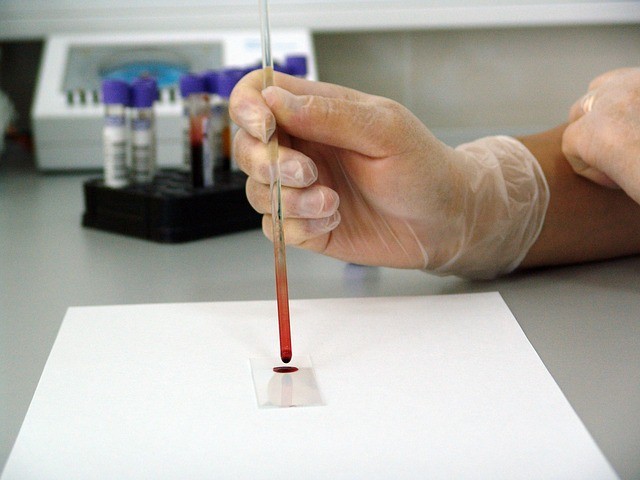If you read a science article on advancements or molecular research, you will stumble upon the word nanobody. For most people, this term means nothing, and this can make it difficult to understand just what you are reading. Introduced here are the basic facts and information you need to know in order to understand some of these scientific terms.

What is a Nanobody?
Nanobodies are antibody-derived proteins that are structured to be identical to the properties of naturally occurring heavy-chain antibodies. Antibody strains have two heavy chains and two light chains. Nanobodies are the smallest fragment of the heavy-chain.
The technology to make these nanobodies was developed when scientists realized that antibodies they removed from camels and llamas didn’t have light chains. The heavy-chain antibodies have a VHH antibody (a single variable domain) and two constant domains – CH2 and CH. The VHH antibodies have unique properties have formed a group of therapeutic antibodies referred to as nanobodies.
Nanobody Production
The production of single domain antibodies is a long procedure with many steps.
- Camelids are immunized and receive 5-6 weekly boosters to help generate the high affinity antigen specific heavy chain antibodies.
- Camelids are members of a specific biological family called camelidae. The family includes animals such as camels, llames, alphacas, and guanacos.
- Blood samples are taken from the camel.
- From this sample, blood lymphocytes are isolated.
- Lymphocytes are small white blood cells with a single nucleus; they typically are found in the lymphatic system.
- The VHH (single domain antibody) is amplified so that cloning can begin quickly.
- After cloning takes place, the VHH library containing the binding sites are obtained.
- Finally, the specific VHH antibodies are selected through a process called panning.
The process is long and complicated. It takes around three months from step one to the final selection.
Benefits of the VHH Nanobody
- They can be easily produced in bacteria.
- Unlimited supply
- Able to withstand extreme temperatures
- Are very stable
- Can function years after production with little or no loss of activity
- Able to bind to their targets within living cells
- Rapid tissue penetration and able to cross the blood-brain barrier
- An affordable alternative to monoclonal antibody production.
Medical and Scientific Uses of Nanobodies
You are probably wondering why any of this should matter to you. While the fine details may not mean much, the future implications of nanobodies could very well benefit your life. Because of a number of their benefits, there should be a number of applications in which nanobodies will excel.
Scientists are already using nanobodies as a research tool and have treated a variety of diseases successfully. There are two ways in which nanobodies are used:
- Blocking a specific molecular interaction
- Targeting toxic enzymes
VHH antibodies have been directed against carcinoembryonic antigens and successfully killed the tumor cells. The ability to block epidermal growth factors can be used to treat solid tumors. In addition to treating a variety of cancers, researchers are utilizing nanobodies to detect cancer cells. Because of their small size, they can quickly reach their target area after injection and show great potential for molecular imaging. They are working towards developing earlier detection of prostate cancer.
Because of the size of nanobodies, they have important features that make them the perfect candidates as future cancer therapeutics. The most appealing feature is are able to stop crucial growth factors. With this technology, many cancers can be stopped before developing into advanced stages.
VHH antibodies can treat a number of other medical ailments such as:
- Rheumatoid arthritis
- Crohn’s Disease
- Tapeworm
The future could hold a whole range of treatments derived from nanobodies. Researchers are working every day and making advancements. Within a decade, we should see the fruit of their labor through advanced treatments and detection of cancer.
